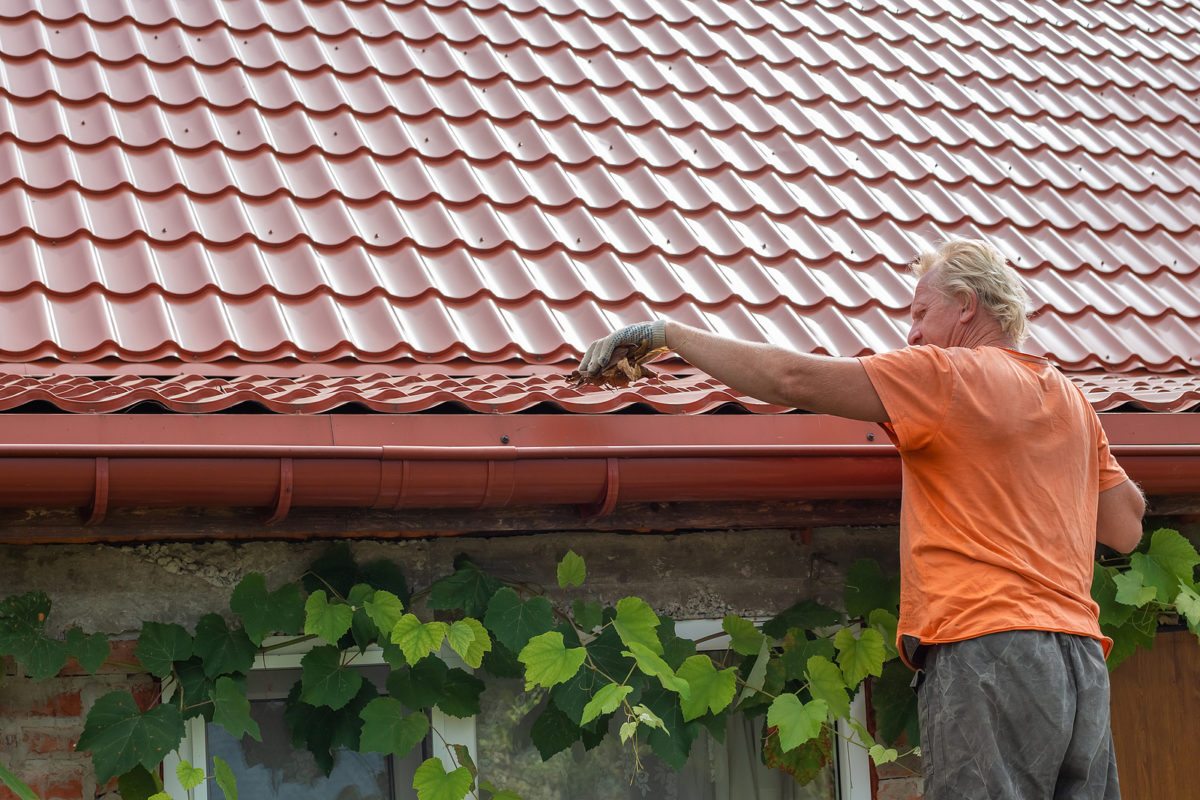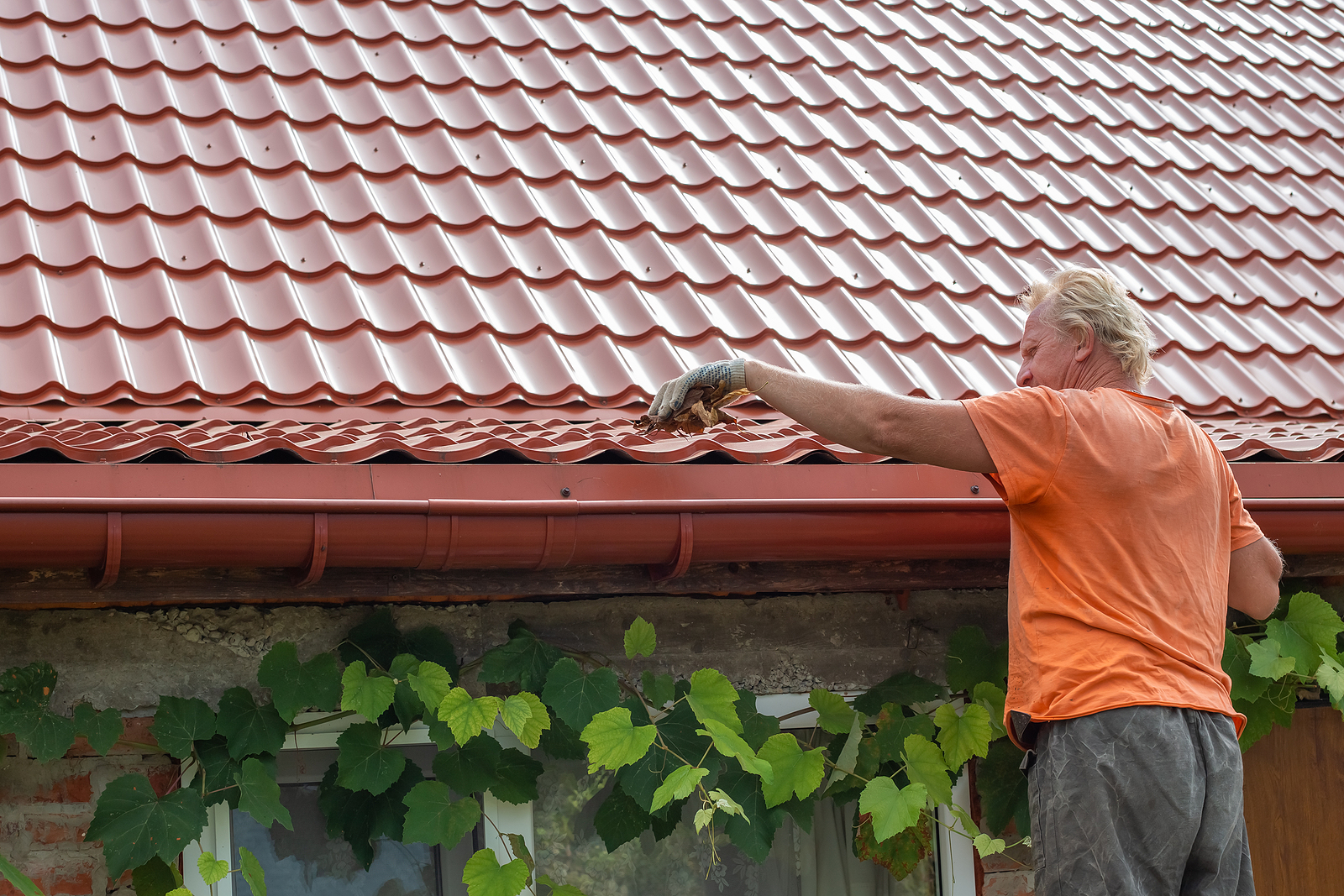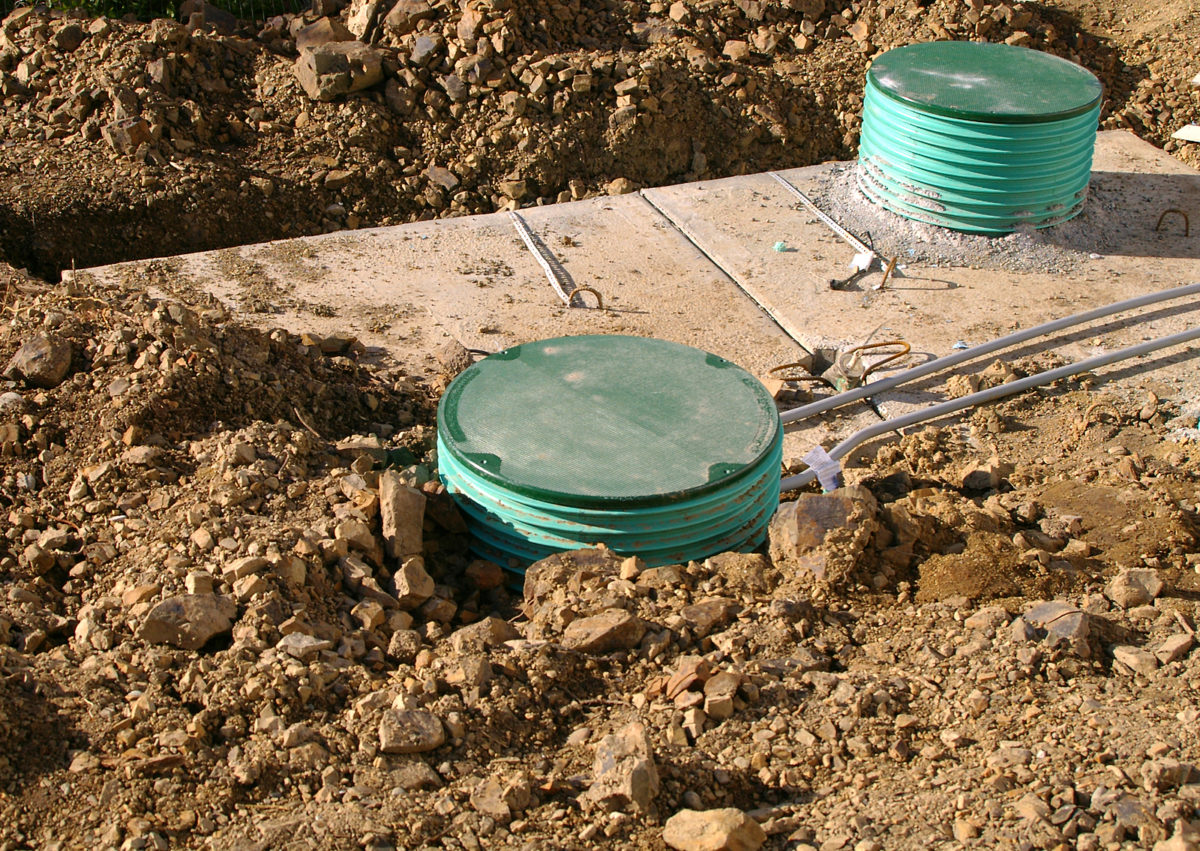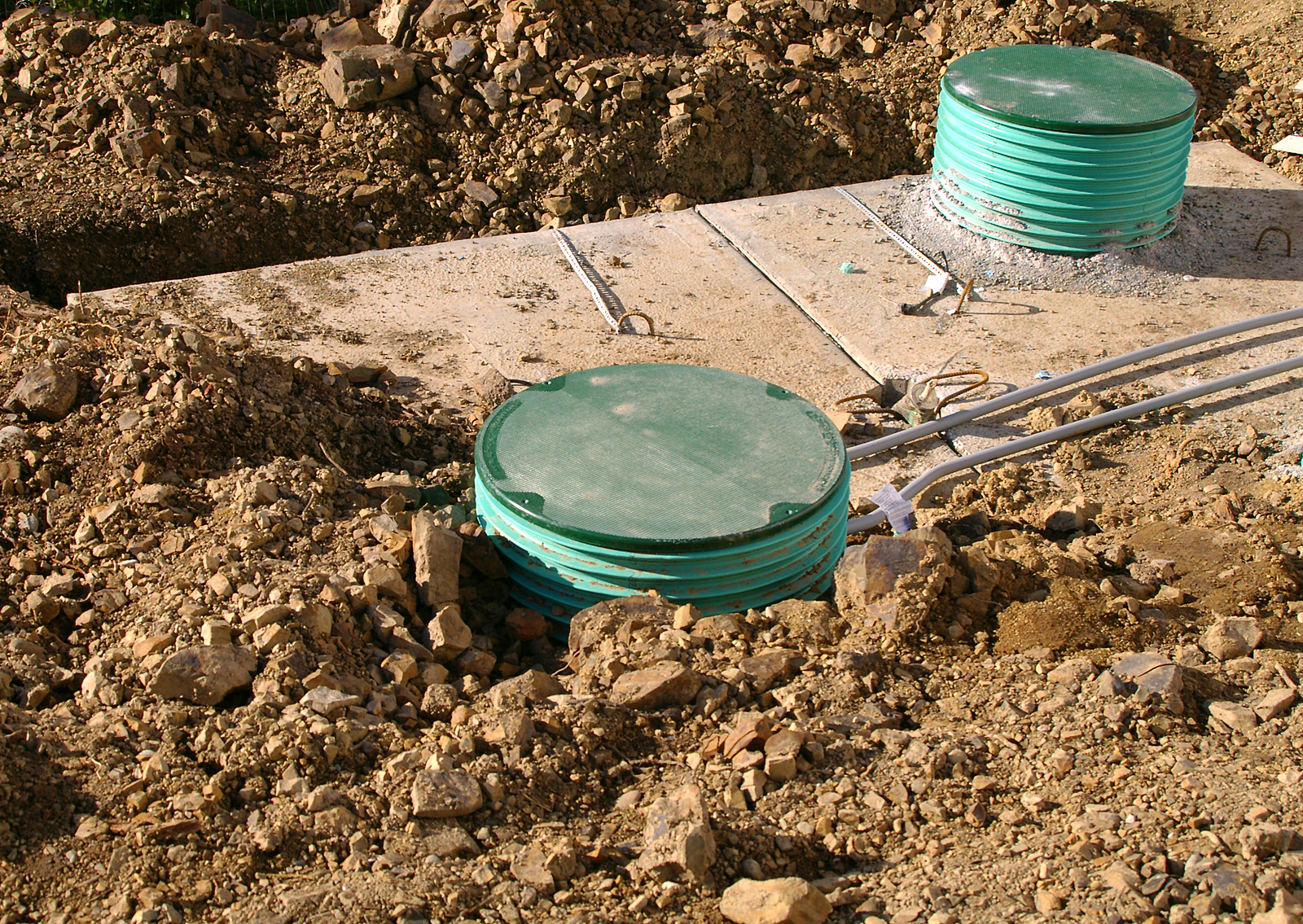The biggest myth about mortgages (aka “home loans”) is that they’re hard to get. From how to qualify to acceptable credit scores to down payments, mortgage myths abound.
Today, we’ll debunk those that may be keeping you from confidently walking into a lender’s office and asking for a loan.
My credit score is too low
While a homebuyer’s credit score is scrutinized, and a lot is riding on it, it’s common for a borrower to be granted a home loan even with a less-than-perfect credit score.
FICO (Fair Isaac Corporation) scores range from 300 to 850. Keep in mind that “Only about 1.6% of the U.S. population with a credit score has a perfect 850,” according to Elizabeth Gravier, citing recent FICO statistics at cnbc.com.
Since that pool of Americans represents such a tiny fraction of the homebuying pool, obviously a perfect credit score isn’t required to get a home loan.
In fact, the “ideal” credit score is 760, according to experts that Gravier consulted.
“Reaching a credit score of 760 will likely get you all the same benefits — and the best deals — on everything from mortgages and car loans to credit card rewards,” she said.
On the flipside, a credit score below 500 will probably keep you from your dreams of owning a home.
500??? I can get a mortgage with a 500 FICO score?
“If you can make a 10% down payment, your credit score can be in the 500 – 579 range,” to obtain an FHA-backed mortgage, according to Victoria Araj at rocketmortgage.com.
Naturally, approval of a loan for a borrower with a 500 FICO score depends on more than just your credit score such as other items in your credit reports, your debt-to-income ratio and more.
If all else looks good, however, you may just score yourself a mortgage with a good down payment.
No, you don’t need to have a 20% down payment
When you take out a mortgage, you’ll need to come up with a down payment and closing costs. The former is a source of confusion among many homebuyers.
While financial experts recommend a large down payment on a home loan, it is often not a hard and fast requirement. Depending on your income, your debt and your credit history, you may qualify for a far lower down payment than 20%.
- If you qualify for a USDA loan or a loan backed by the U.S. Department of Veterans Affairs (the VA), you may pay nothing down.
- The Federal Housing Administration (FHA) has loan programs that requires as little 3.5 percent of the loan amount (for those who qualify).
- Fannie Mae and Freddy Mac offer 3% down payment mortgage products.
- Down payment assistance programs are offered by the federal and state governments and, sometimes, local municipalities. Some of these programs are for specific ethnic groups, such as Hawaiians, Native Americans and Alaskans. Others are provided to teachers and first responders.
These are just two of the many mortgage myths swirling around today. Suffice it to say, you may qualify for a mortgage without having to save for the down payment for the rest of your life.
Feel free to reach out to us with any questions.



















